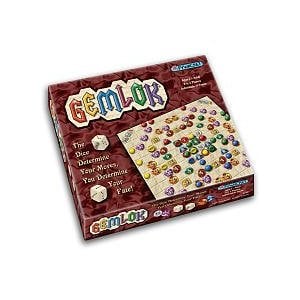ùIt’s been 10 years since I blogged here, and almost 5 years since I retired. Hard to believe…
I have always loved stories and storytelling. I was born in West Virginia and lived there until I was seven. Some of my best memories are of my mother reading stories to us. (The “us” is me and my three brothers.) I learned to read before I entered 1st grade at 5 years old- that young entry was allowed in WV.
Later on in life I spent time going to the National Storytelling Festival in Jonesboro, Tennessee the first weekend in October. It was amazing to spend an entire weekend moving from festival tent to another festival tent listening to all kinds of stories. I loved it.
Story time in my classroom was one of the best times of the day, I thought- I had many favorite books and couldn’t wait to share my love of books with my kids.
Fast forward to the present, being a retired teacher with two homes which are 2 hours apart. The drive between them often a time for introspection for me. Recently I bought a new car and received a SiriusXM trial on it. My thinking is often accompanied by music from the channels I have chosen on that platform.
I like country music and one reason I do is that many of the songs tell a story. Today I heard Kenny Rogers sing “The Greatest” for the first time. The writer of the lyrics was Don Schlitz.
Here are the lyrics:
Stands in the field with his ball and bat
Says “I am the greatest player of them all”
Puts his bat on his shoulder and he tosses up his ball.
Swings his bat all the way around.
The world’s so still you can hear the sound.
The baseball falls to the ground.
Picks up his ball, he is undeterred.
Says “I am the greatest there has ever been.”
And he grits his teeth and he tries it again.
Swings his bat all the way around.
The world’s so still you can hear the sound-
The baseball falls to the ground.
He just closes his eyes and listens to the cheers.
Picks up his ball, stares at his bat
Says “I am the greatest. The game is on the line.”
And he gives his all one last time.
Swings his bat with all his might.
And the world’s so still, as still can be
And the baseball falls, and that’s strike three.
So, I am guessing you’re imagining, as I did, his disappointment- or maybe you’re thinking about the crowd cheering- for what? Or maybe you’re thinking something else, but KR’s use of the words “strike three” imply a failure—to me, at least. Remember, the game was on the line.
Little boy starts home with his bat and ball
Says “I am the greatest-that is a fact.
But even I didn’t know. . .
But even I didn’t know. . .


